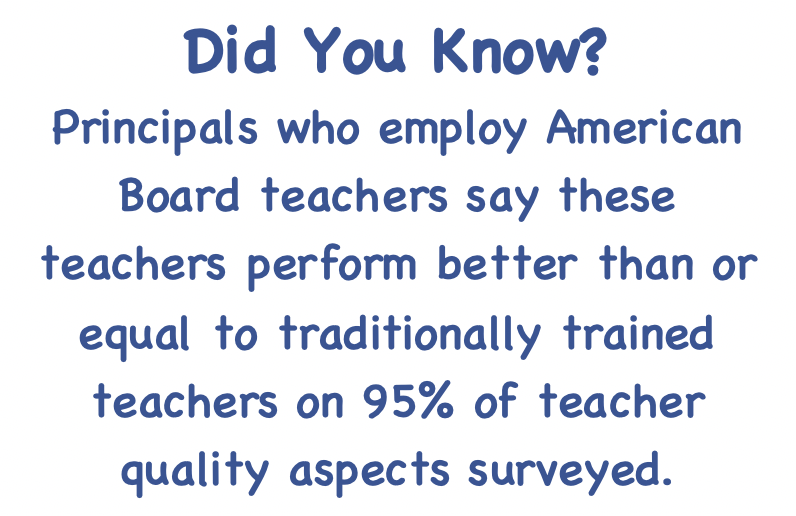Who is Hurt by the Teacher Shortage (Part 2)

Is the teacher shortage real?
As described in part one of this three-part blog series, the teacher shortage is indeed real, and it has real consequences. Talking heads will argue about a variety of shortage causes; some cite low pay while others point to lack of autonomy or support. Yet, these issues are not carved in stone or unique to the profession. While exact causes of the shortage are up for debate, its negative impacts are clear. The teacher shortage hurts students first, but local school administration and even fellow teachers suffer too.
How does the teacher shortage hurt students?
When there are not enough good teachers, students lose. Students struggle to learn when they don’t have teachers who are prepared to teach. Principals are forced to hire less than ideal candidates or teachers out of field when they don’t have enough certified and licensed teachers. Principals in this position may also rely on unlicensed substitute teachers. Increased class sizes and the move to utilize fully remote teachers are also on the table. Notably, these were all issues long before COVID-19 arrived.
Teachers are the single greatest in-school factor determining student success. In fact, teachers have two to three times the effect on student performance than any other in-school factor. So, of course, if teachers matter that much, it is easy to imagine how ill-equipped teachers can negatively affect students. The reality could be much worse than you’re imagining. According to research, “evidence shows that bad teachers cost hundreds of thousands of dollars in lost income and productivity each year that they remain in the classroom.”
Failure to provide each student with access to well-prepared teachers is a crime; it robs students of their chances for success.

How does the teacher shortage hurt schools?
The search for qualified teachers spends a staggering amount of resources that could be better spent elsewhere.
The teacher shortage forces school administrators to focus on the recruitment of teachers as opposed to retention of the teachers they have. This recruitment process costs time and money. Furthermore, there is the unmeasurable cost associated with not being able to focus on other needs within the school.
Additionally, the teacher shortage puts undue pressure on teachers currently at the school by adding more responsibilities to their plates. An increase in class sizes serves as one example of added responsibility.
Lastly, when a school doesn’t have access to the needed amount of high-quality teachers, academics will drop. When a school’s academics drop, the school develops a bad reputation. Consequently, the problem is exacerbated because fewer teachers will aim for employment at that school.
What are some possible solutions?
Most importantly, we must recall that students need more than bodies in front of the classroom. Students of all grades and subjects need their classes led by teachers who truly know how to teach. Seems obvious, right?
So, how can we get more teachers? Tune in next week for the third and final installment of American Board’s blog series covering the teacher shortage. In the final installment we’ll cover proposals such as increased pay, support, and calls to streamline entry into the profession.
Until then, you can hear from American Board teacher graduates about why they chose to pursue careers in education by watching the testimonials on our YouTube page. More than 10,000 new teachers have entered the field with American Board training.
This blog post is part of a three-post series on the teacher shortage. Click here for part one of the series, and click here for part three. American Board’s Blog will continue to cover hot issues in education. Check in again for updates.






[…] post Who is Hurt by the Teacher Shortage (Part 2) appeared first on American Board […]
[…] post Who is Hurt by the Teacher Shortage (Part 2) appeared first on American Board […]